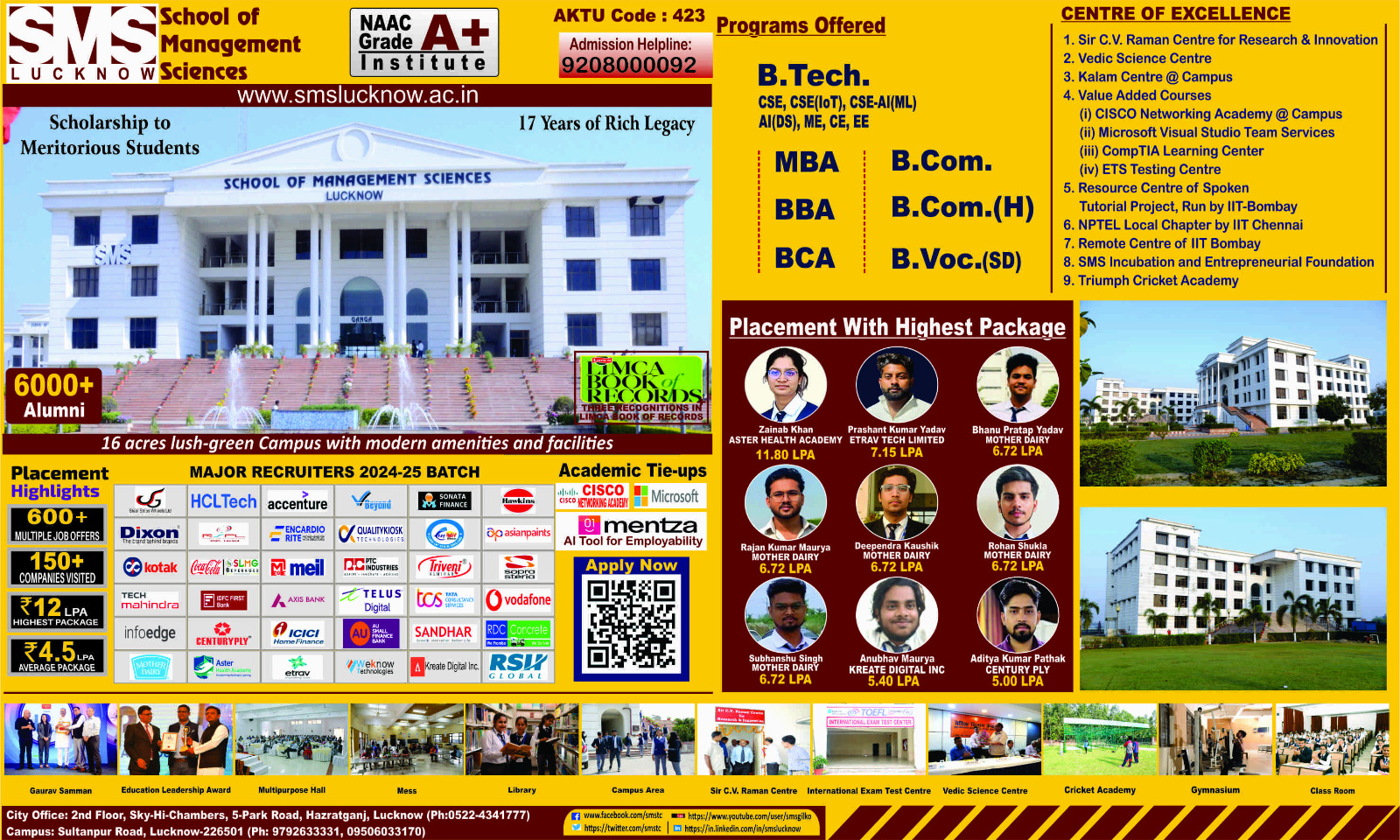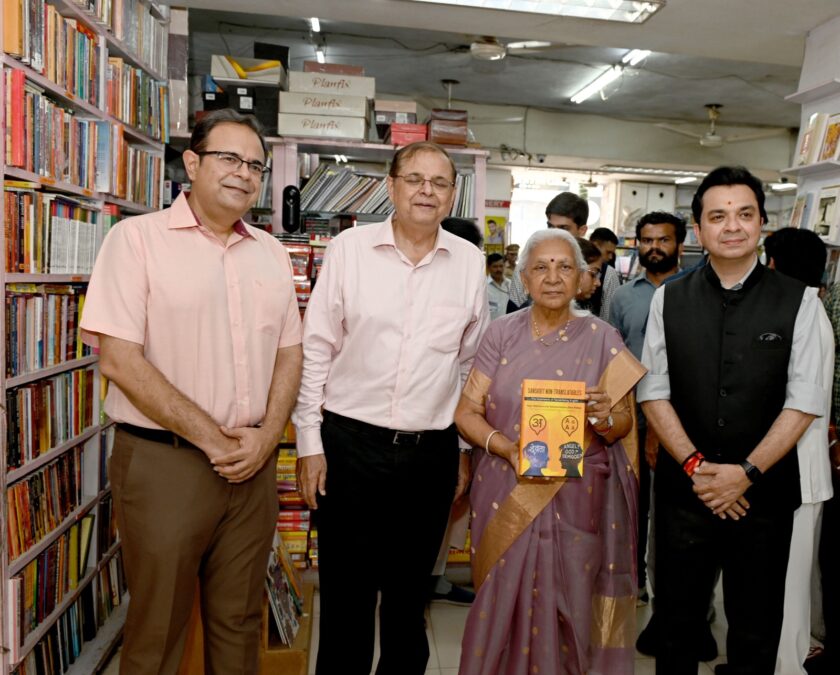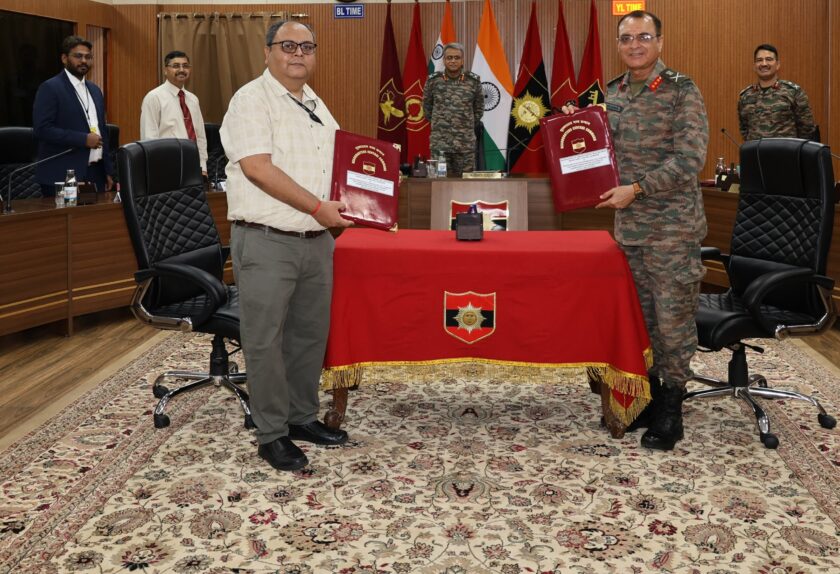New Delhi: The Union Budget 2025-26, presented by Finance Minister Nirmala Sitharaman, heralds a pivotal five-year journey toward realizing ‘Sabka Vikas’—the vision of inclusive and balanced development for all segments of society. In her address, Sitharaman outlined an ambitious roadmap for India’s growth, with a focus on agriculture, MSMEs, investment, and exports as the key pillars of development.
Sitharaman began by highlighting India’s status as the fastest-growing major global economy. Over the past decade, the country has undergone transformative structural reforms that have attracted global attention and strengthened confidence in its economic potential. She emphasized that the next five years present a unique opportunity to capitalize on this momentum and ensure inclusive growth across all regions.
Four Engines of Growth: Agriculture, MSMEs, Investment, and Exports
The Union Budget identifies four powerful engines for development: Agriculture, Micro, Small, and Medium Enterprises (MSMEs), Investment, and Exports. These sectors will drive the country’s journey of transformation, helping achieve a more balanced and prosperous economy.
Key reforms will target these domains, aimed at accelerating growth and fostering an environment conducive to long-term, sustainable development. The Finance Minister further stressed the importance of the upcoming five years as a period to harness the potential of sectors that are crucial for India’s future prosperity.
Focus on Inclusivity: Garib, Youth, Annadata, and Nari
A central theme of the 2025-26 Budget is inclusivity. Sitharaman’s speech emphasized that the government’s vision is to uplift all sections of society, with a focus on Garib (the poor), Youth, Annadata (farmers), and Nari (women). The Budget outlines development measures in ten broad areas that aim to promote balanced growth and elevate these communities:

- Spurring Agricultural Growth and Productivity – Focused initiatives to enhance farming productivity and ensure sustainable agricultural growth.
- Building Rural Prosperity and Resilience – Programs to strengthen rural economies, improve infrastructure, and support local livelihoods.
- Taking Everyone Together on an Inclusive Growth Path – Policies to promote equitable development across regions and communities.
- Boosting Manufacturing and Furthering Make in India – Measures to bolster the manufacturing sector and increase domestic production, driving self-reliance.
- Supporting MSMEs – Enhanced support for MSMEs, which are critical to job creation and economic diversification.
- Enabling Employment-led Development – Creating opportunities for employment and skill development across various sectors.
- Investing in People, Economy, and Innovation – Large-scale investments in education, healthcare, and innovation to prepare India’s workforce for the future.
- Securing Energy Supplies – Ensuring a robust and secure energy framework to fuel growth across all sectors.
- Promoting Exports – Policies to increase India’s global exports and strengthen its position as a key player in international trade.
- Nurturing Innovation – Supporting innovation-driven growth by investing in technology, research, and development.
Vision of ‘Viksit Bharat’
The Finance Minister framed India’s development vision around the concept of ‘Viksit Bharat’ (Developed India), which she described as a nation characterized by zero poverty, high-quality education, universal healthcare, full employment, and widespread participation of women in the economy. Furthermore, India’s farmers would position the country as the “food basket of the world,” with sustainable agricultural practices contributing to global food security.
Sitharaman’s address outlined a future where 100% of India’s labor force is skilled, with women making up 70% of the workforce, and the country leading the world in manufacturing and exports.
The Union Budget 2025-26 presents a roadmap for achieving these ambitious goals, with a commitment to ensuring that growth reaches every corner of the nation. By focusing on key sectors, driving inclusive reforms, and prioritizing the welfare of all citizens, this budget sets the stage for India’s continued rise on the global stage.





